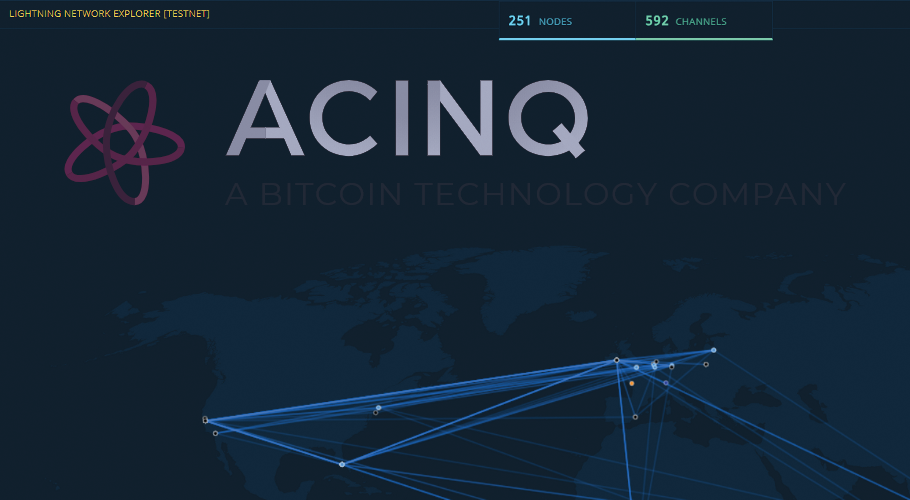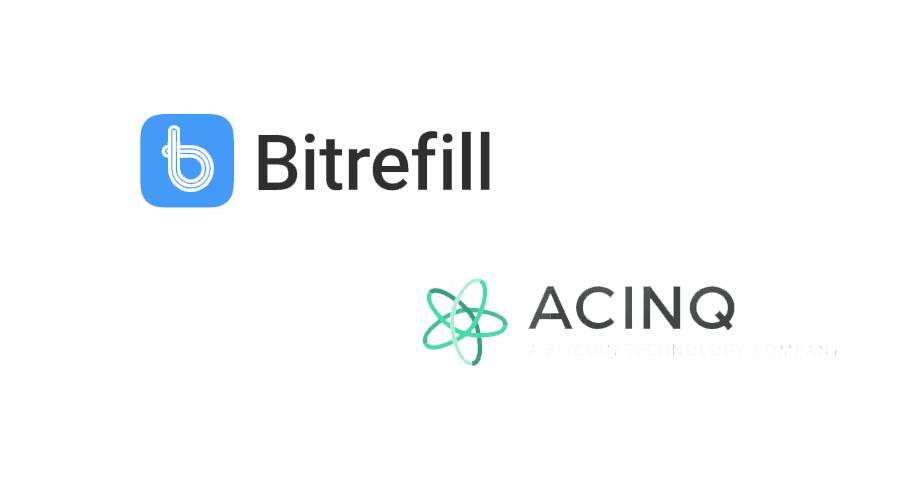Back in March 2017, Bitcoin technology company ACINQ released the alpha version of its Bitcoin Lightning Network eclair wallet. The company mentioned back then it was working on an explorer for the Lightning Network (LN). Once LN specifications were developed and a satisfactory level of compatibility was reached between the different network implementations, ACINQ said it would launch the explorer.
Earlier this week, ACINQ along with the other Lightning developers announced version 1.0 RC of the Lightning protocol specification having successfully achieved cross-implementation payments on Bitcoin mainnet.
What does the explorer do?
The explorer displays all known nodes and channels that compose the Lightning Network. Thanks to the interoperability effort, any node from any BOLT-compliant implementation will appear, so users will see c-lightning nodes, eclair nodes, and lnd nodes.
On the default layout, nodes that announce a public IP (and can be geo-located) are placed on a world map. Another layout is available, called Force Graph, which will display all known nodes and channels.
Selecting a node will highlight the channels to and from this node, and display the node URI in plaintext, and in the form of a QR code. If using ACINQ’s Android eclair wallet, just scan the code and it will open a channel with that node.
For now, the explorer shows the network on TESTNET, the test version of Bitcoin. Obviously, the network is still small but ACINQ says it keeps growing every day. The company says if wanting to help Lightning go live as soon as possible, help by getting a node, testing, and debugging the network.
Transactions are not visible on the Lightning Network and are not publicly broadcast. Instead, they are encrypted and routed from payer to payee via intermediate nodes, using a tor-like onion routing protocol.






















